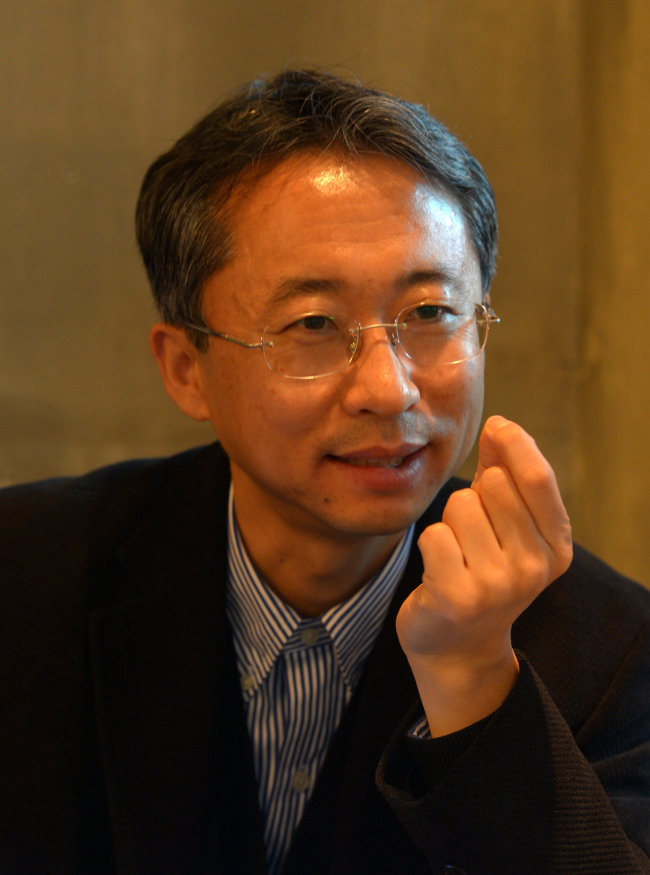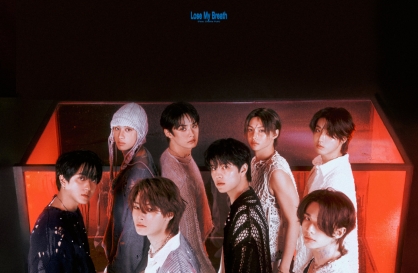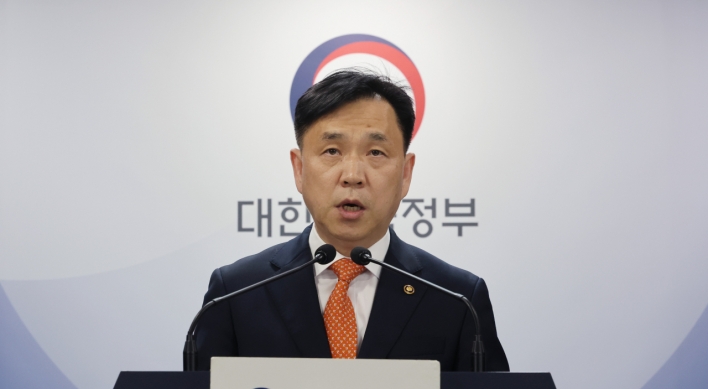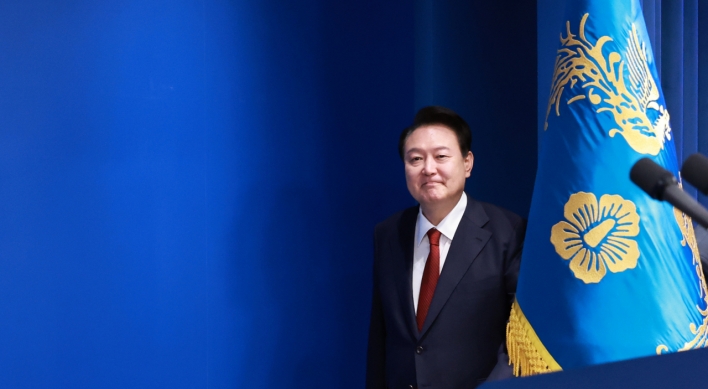UNIST scientist hopes to supply jam-like batteries for Google Glass
By Korea HeraldPublished : Feb. 17, 2014 - 19:57
Korean researchers have developed the world’s first bendable lithium-ion battery that will not explode even when bent or rolled up. The batteries, which were jointly developed by Ulsan National Institute of Science and Technology and LG Chem, can be mass-produced as early as three years from now, the developers said.
“Any electronic gadget or appliance can become flexible once this battery is commercialized,” said Lee Sang-young, a professor at UNIST, in an interview with The Korea Herald.
“Any electronic gadget or appliance can become flexible once this battery is commercialized,” said Lee Sang-young, a professor at UNIST, in an interview with The Korea Herald.

Lee is something of a “battery specialist” who has great plans for the future of appliances, including supplying Google with spreadable batteries.
Lee said that until now, curved batteries had not existed. Even those that have been developed by Samsung and LG are not truly curved, Lee said.
Batteries have long been a drag for wearable devices. They take up the most space in the gadget, and the pace of their technology development has been the slowest.
“It is mostly due to safety issues,” Lee said. “When a battery is constantly bent or folded, a separator inside the battery gets hot and melts, which poses the risk of explosion.”
Research has long been carried out on replacing the separator with a nonflammable polyelectrolyte.
The breakthrough came for Lee earlier this year when his team succeeded in developing a flexible, heat-resistant plastic crystal electrolyte. “It is 10 times thinner and 30 times more flexible than the conventional polyelectrolyte,” the professor said.
Tests showed that even when the battery was badly crumpled or rolled up, it still worked without heating up or exploding.
Lee’s work was published in Germany’s scientific journal Advanced Functional Materials in January.
The professor’s next step is to develop printable batteries, which can be spread onto surfaces like jam. They are made by spreading the fluid-like electrolytes on electrodes, then exposing them to ultraviolet rays for 30 seconds.
“For instance, when the batteries are spread on fabrics, your clothes can be a source of power supply,” he said.
He hopes to supply them to Google Glass, saying that the flexible use of these batteries would make the glasses much cooler in design.
Once commercialized, these printable batteries can bring breakthrough design innovation to electronics and even to fabrics.
Lee’s team succeeded in the initial technology development early last year and is still working on it. He expected mass production to be possible in five years as research is still at an early stage.
By Shin Ji-hye (shinjh@heraldcorp.com)
-
Articles by Korea Herald





![[K-pop’s dilemma] Can K-pop break free from ‘fandom’ model?](http://res.heraldm.com/phpwas/restmb_idxmake.php?idx=644&simg=/content/image/2024/05/09/20240509050541_0.jpg&u=20240509173751)




![[News Analysis] Yoon's first 2 years marked by intense confrontations, lack of leadership](http://res.heraldm.com/phpwas/restmb_idxmake.php?idx=644&simg=/content/image/2024/05/09/20240509050612_0.jpg&u=20240509233252)








![[Today’s K-pop] NCT’s Mark to drop 1st solo album in February 2025](http://res.heraldm.com/phpwas/restmb_idxmake.php?idx=642&simg=/content/image/2024/05/10/20240510050597_0.jpg&u=)